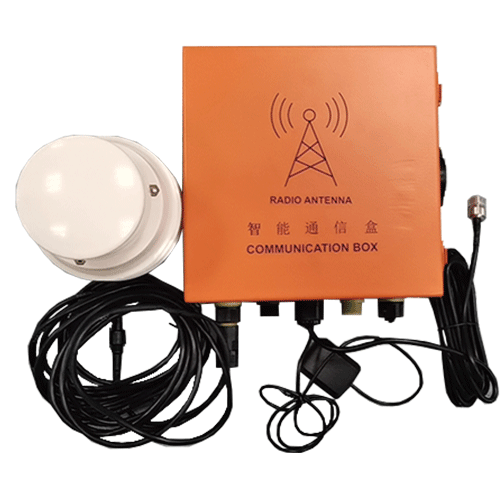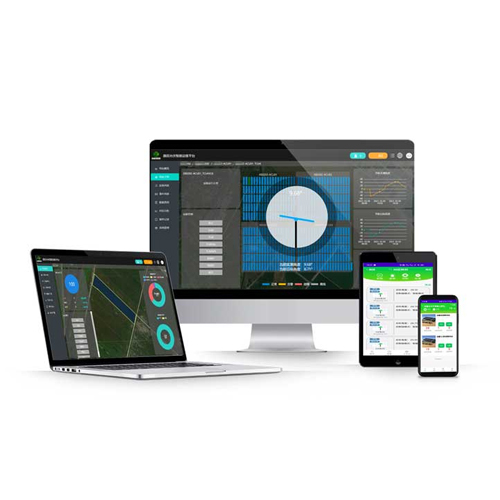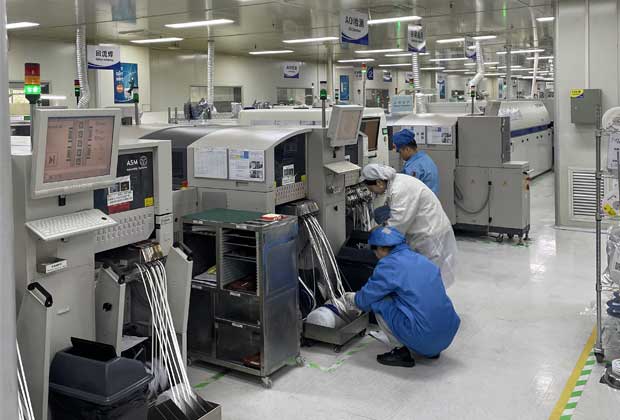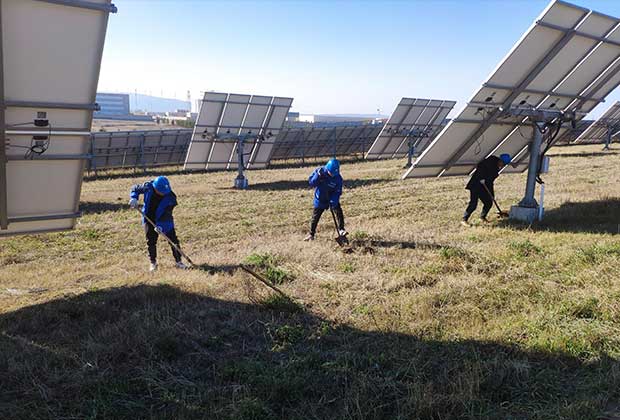In recent years, as the development and construction of photovoltaic power plants continue to reduce the cost of electricity, "grid parity" has become a new term for the rapid rise of China's domestic photovoltaic market. The main basis for the return on investment of photovoltaic power plants in the industry is to improve power generation efficiency and reliability. The solar tracking system can be well adapted to complex terrain, so as to adapt to local conditions, comprehensively improve the utilization and power generation efficiency of photovoltaic power generation on solar energy, and has been widely used in the photovoltaic industry.
According to the adjustment angle of the bracket, the photovoltaic intelligent system can be divided into fixed adjustable, flat single-axis, inclined single-axis and dual-axis trackers. According to the estimated increase in power generation. Generally speaking, the flat single shaft can increase the power generation by 10%-20%, the inclined single shaft can increase the power generation by 20%-25%, and the double shaft can increase the power generation by 40% at most. Among them, the risk of flat uniaxial is relatively low, and the risk of inclined uniaxial and biaxial is relatively high.
1. Flat single axis tracking system
Compared with the traditional mode fixed bracket and the tracking system, the intelligentization of the tracking system can better improve the power generation efficiency.
Comparing the three products of horizontal single axis tracker, inclined single axis and dual axis tracking system, the comprehensive cost performance of the flat single axis has advantages. The double axis occupies two or three times the land resources of the fixed bracket, although the power generation efficiency can be improved to 40%, but the cost of the bracket reaches 3-4 yuan / watt, although the efficiency is improved, but the input cost of the first phase is too large; the inclined uniaxial is between the flat uniaxial and the biaxial, the land resource occupation of the bracket and the bracket input cost is approximately twice that of a flat single shaft.
In practical application, the flat uniaxial system is divided into standard flat uniaxial and flat uniaxial with inclination angle. Under the same platform, compared with the standard flat uniaxial, the power generation efficiency of the flat uniaxial with inclination can be improved by 5%-10%. Compared with the traditional bracket, the standard flat uniaxial can achieve 10%-15% increase, and the inclined angle can achieve 18%-23% increase.
To sum up, from the perspective of the overall efficiency and power generation cost of the entire photovoltaic power station, the flat single shaft is the most cost-effective product.
2. Inclined single axis tracking system
The principle of the solar power tracking system is to make the angle of the photovoltaic panel change with the change of sunlight.
The design principle of the intelligent tracking system is relatively simple, because the irradiation angle of the sun is constantly changing. After the traditional fixed photovoltaic panel uses the tracking technology, it becomes flexible, like a sunflower, which changes with the change of the sun, the amount of received solar radiation is greatly increased, thereby increasing the overall power generation of the power station.
3. Dual axis solar tracking system
According to different terrains, the system can be designed according to local conditions. The system can achieve three to six rows of linkage, drive in the middle, follow linkage on both sides, and allow a wide range of slopes. It can achieve 0-25 degrees in the north-south direction and 0-25 degrees in the east-west direction, and the foundation settlement is allowed to be 120 degrees. The millimeter does not require manual intervention, and has strong applicability in complex terrain. It can be constructed along the slope to exert its maximum light tracking effect and maximize power generation efficiency.
At present, domestic and foreign power station developers recognize and use the solar tracking system, the improvement of the efficiency and innovation integration of components, inverters, cables, etc., and the photovoltaic intelligent tracking system to achieve the improvement of the power generation efficiency of photovoltaic power plants.
 English
English  中文
中文




